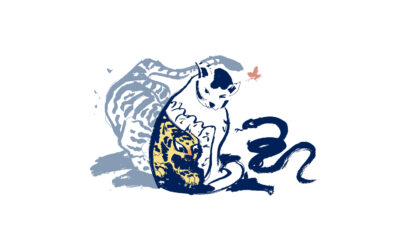Masks are the product of a fundamental Japanese value: being polite. Spreading one’s germs is not only unhygienic, but also an invasion of personal space. Fear of being a nuisance (or meiwaku) is a resonant concept in Japan, and in crowded places it is vital that one remains keenly aware of one’s impact on others.
Moreover, in a society where individual expressions must be suppressed, masks allow wearers to feel more at ease, as they disappear the self. Women use them to avoid the need to wear makeup; and the shy or lonely can cut themselves off still further from social interaction.
This multiplicity of needs has taken the aesthetic of masks far from the standard disposable white surgical variety, typically bought in bulk. Cool or cute, they range from styles that claim to slim down one’s face shape, to pink velour animal designs. Chinese consumers have noted these developments, and more fashionable and masculine iterations in black or titanium grey are now ubiquitous there.
At the same time, much of the technical design innovation has been down to the ever-increasing problem of hay fever in Japan. Allergies to cedar and cypress pollen are a huge and seemingly intractable concern, primarily due to post-war over-planting. The season starts in February, and a whole industry has grown up to combat it: products range high-tech ionising air purifiers to spectacles sealed with rubber, from pollen-repelling outdoor coats and sprays to nasal ablutions.
But amongst this plethora of solutions, masks are set to remain the first line of defence, especially as producers respond with ingenious solutions to unwanted consequences. One of these problems has been steamed-up glasses in cold weather: something made even more socially awkward by manga and its visual signifier of a man surreptitiously excited by the illicit sight of, say, a woman’s bared ankle – a mask and clouded glasses.



